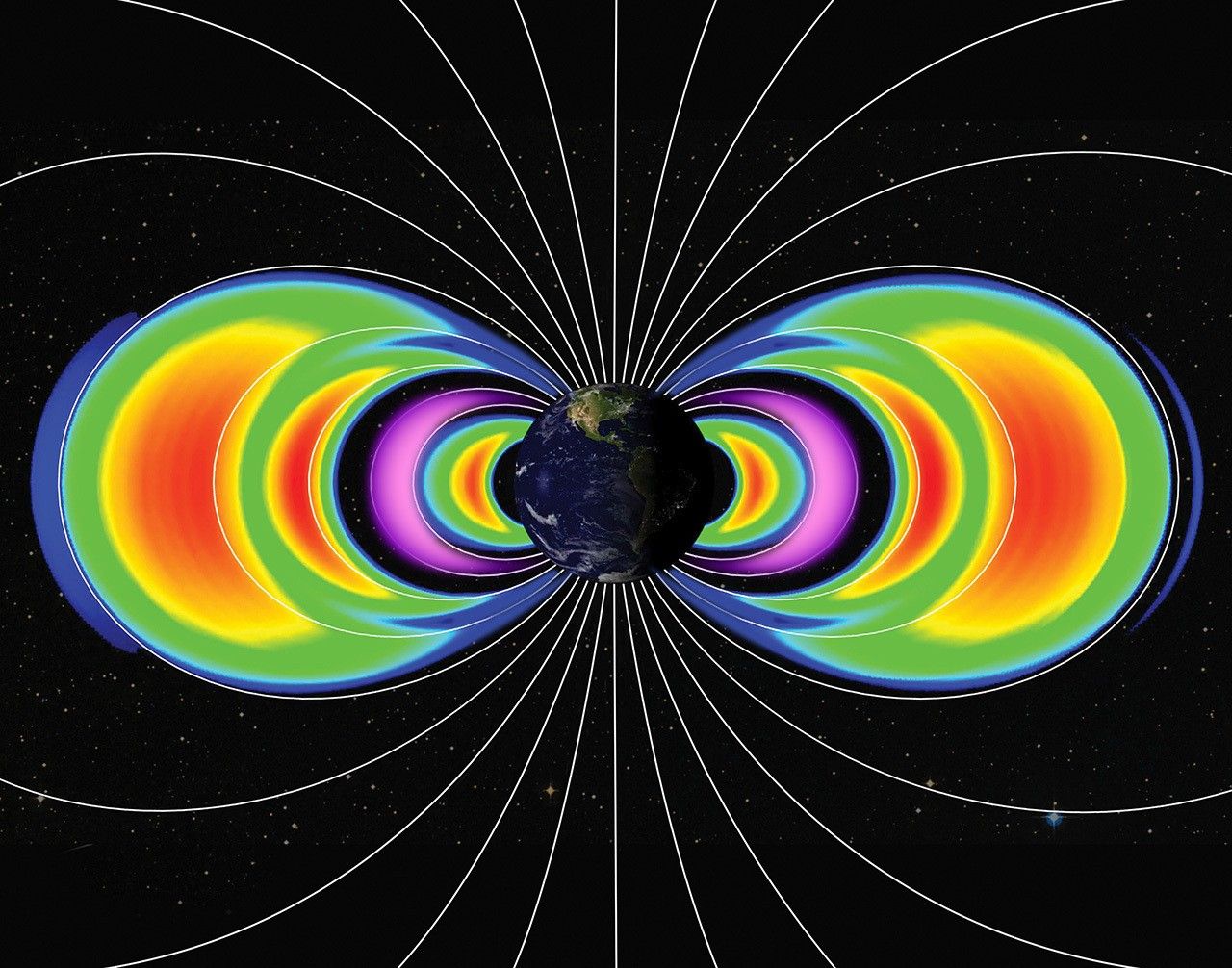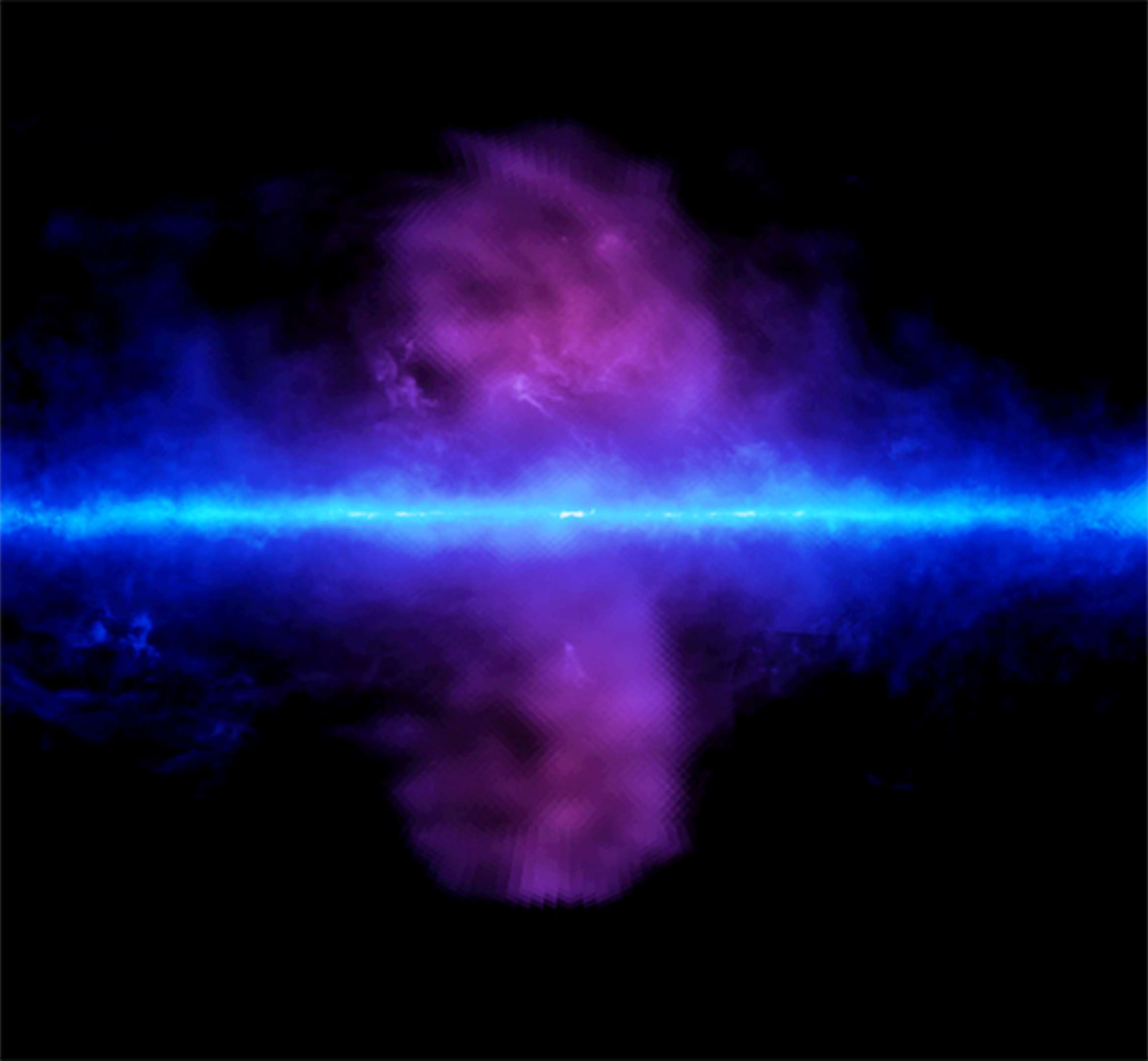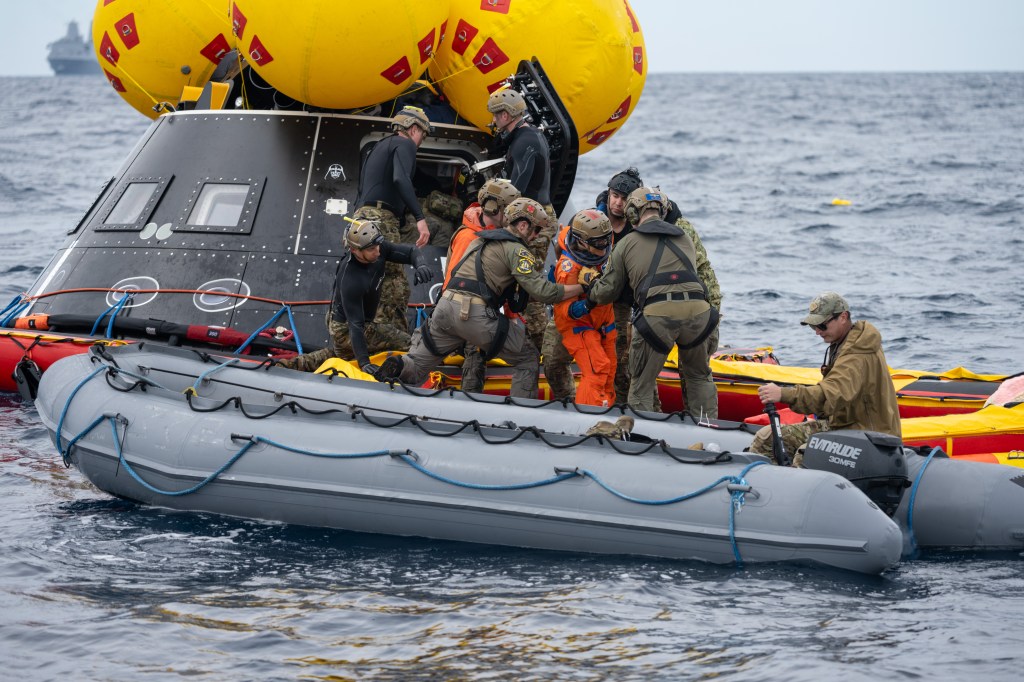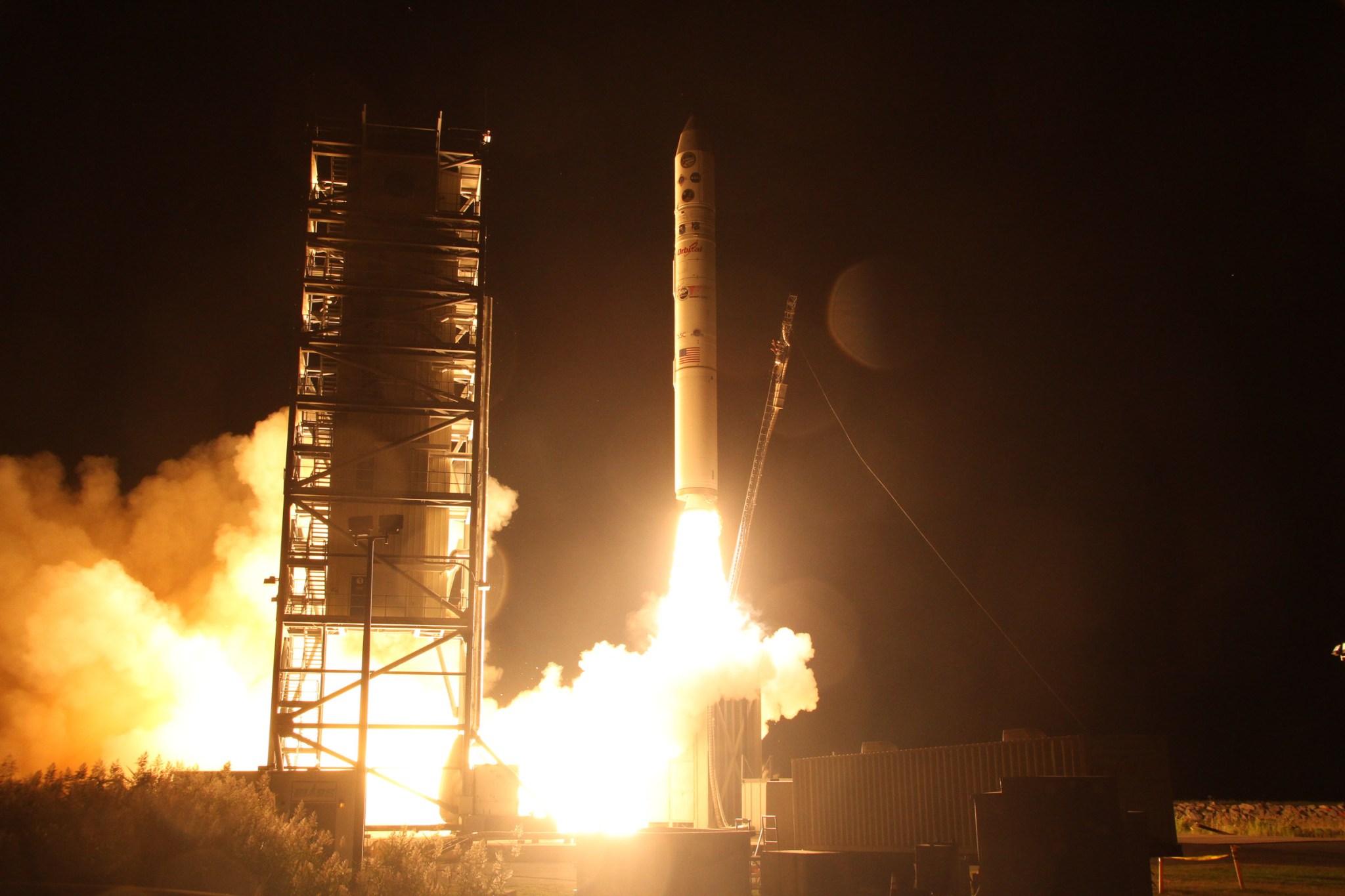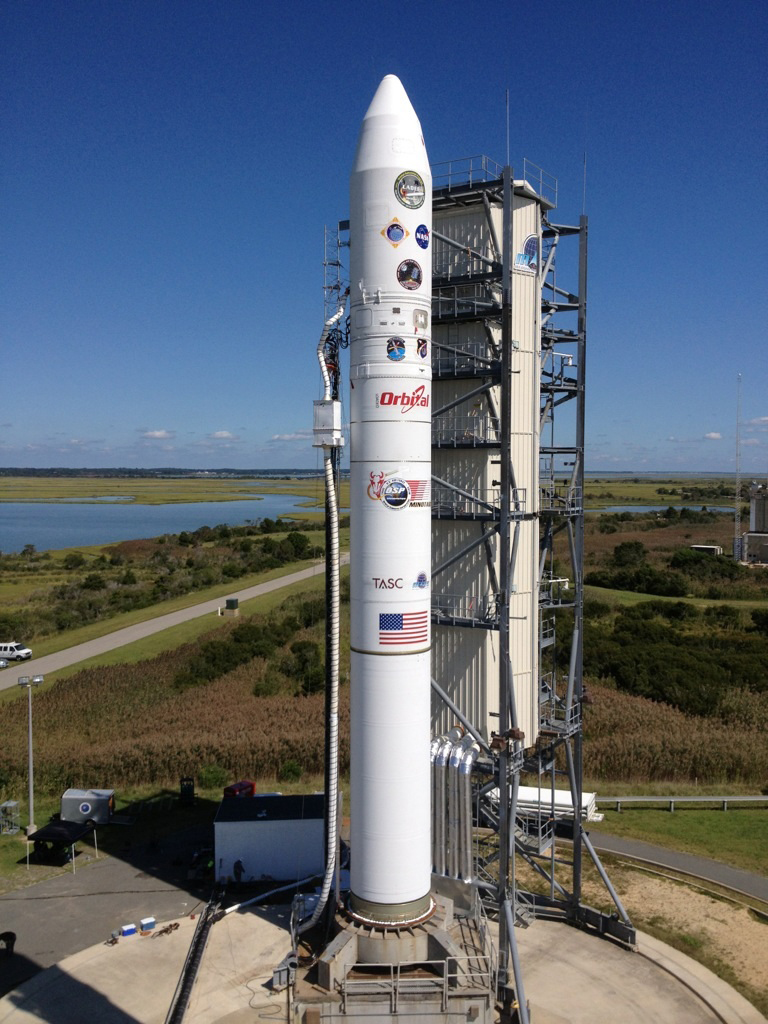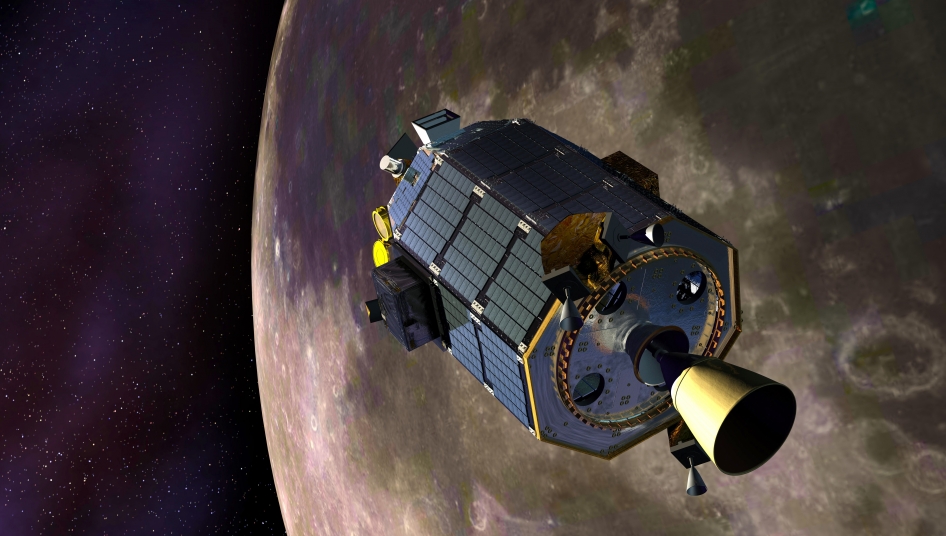At 11:27 p.m. EDT Friday, Sept. 6, NASA’s Lunar Atmosphere and Dust Environment Explorer (LADEE) mission began its 30-day trek to the moon.
LADEE has been confirmed to be in good health and all systems are operating normally after its launch aboard a U.S. Air Force Minotaur V, an excess ballistic missile converted to a space launch vehicle, operated by Orbital Sciences Corp., Dulles, Va.
In the morning hours of Saturday, Sept. 7, the LADEE Mission Operations team at NASA’s Ames Research Center in Moffett Field, Calif., confirmed the spacecraft had successfully turned on and began checkouts.
“LADEE made it to space and is performing phenomenally – all the data we’ve received indicates that all systems are operating as expected,” said Butler Hine, LADEE project manager at Ames. “Now LADEE will begin a series of three highly elliptical orbits around Earth and the moon until approximately 30 days from now, when LADEE will perform a burn maneuver so that the moon’s gravity captures LADEE into a equatorial lunar orbit.”
LADEE is a robotic mission that will orbit the moon to gather detailed information about the structure and composition of the thin lunar atmosphere and determine whether dust is being lofted into the lunar sky. A thorough understanding of these characteristics of our nearest celestial neighbor will help researchers understand other bodies in the solar system, such as large asteroids, Mercury and the moons of outer planets.
“After 70 years of launching missions, NASA’s range at Wallops continues to make history,” said Doug Voss, launch manager at NASA’s Wallops Flight Facility at Wallops Island, Va. “It’s a real privilege to be a significant part of this mission. Today we achieved a lot of firsts – most notable of which are the first lunar mission to launch from Wallops and the first launch of the Minotaur V rocket.”
Not since the Apollo missions have spacecraft orbited the moon along its equator as will LADEE. All recent lunar missions have entered polar orbit, allowing the spacecraft to stay in contact with ground controllers on Earth during orbit insertion. Apollo missions entered lunar orbit on the far side of the moon and, as a result, experienced a suspenseful 30-minute communications silence when out of Earth’s view. LADEE engineers wanted to be sure they could monitor the orbit insertion – by having LADEE perform its burn just after it emerges from the far side of the moon.
“As LADEE emerges from behind the moon, we’ll have a few minutes to assess how the spacecraft looks, watch for the start of the burn and, if necessary, take action to directly command the spacecraft,” said Rick Elphic, LADEE project scientist at Ames. “After the anticipation of launch, this is a real nail-biter – and the last critical hurdle before the spacecraft begins commissioning and science data collection.”
LADEE’s unique orbit makes the spacecraft constantly pass from lunar day to lunar night and allows the scientists to study the conditions in the atmosphere during lunar sunrise and sunset, where previous crewed and robotic missions detected a mysterious glow of rays and streamers reaching high into the lunar sky.
Once orbiting the moon, LADEE will begin a 40-day commissioning phase, during which it will perform activities high above the moon’s surface, including the prime operations of the Lunar Laser Communications Demonstration (LLCD) — NASA’s first high-data-rate laser communication system that will enable higher rates of satellite communications similar in capability to high-speed fiber optic networks on Earth.
After commissioning, LADEE will begin a 100-day science phase to collect data using three instruments to determine the composition of the thin lunar atmosphere and remotely sense lofted dust, measure variations in the chemical composition of the atmosphere, and collect and analyze samples of any lunar dust particles in the atmosphere. Using this set of instruments, scientists hope to address a long-standing question: Was lunar dust, electrically charged by sunlight, responsible for the pre-sunrise glow above the lunar horizon detected during several Apollo missions?
NASA’s Science Mission Directorate in Washington funds the LADEE mission, which Ames designed, developed, built, integrated and tested. Ames also manages the overall mission and serves as a base for mission operations and real-time control of the probe. NASA’s Goddard Space Flight Center in Greenbelt, Md., manages the payloads, the science operations center and provides mission support. Wallops was responsible for launch vehicle integration, launch services and operations. NASA’s Marshall Space Flight Center in Huntsville, Ala., manages LADEE within the Lunar Quest Program Office.
For more information about the LADEE mission, visit:










